Overview
Virtual Reality Lab Setup for Research and Development and Academics
Now it is time to explore AR and VR labs, laboratories that operate in the interaction of augmented reality AR and virtual reality VR that build an interactive environment. These reality labs are on the cutting edge of technology which help in redefining the future learning, working, and even playing environment.
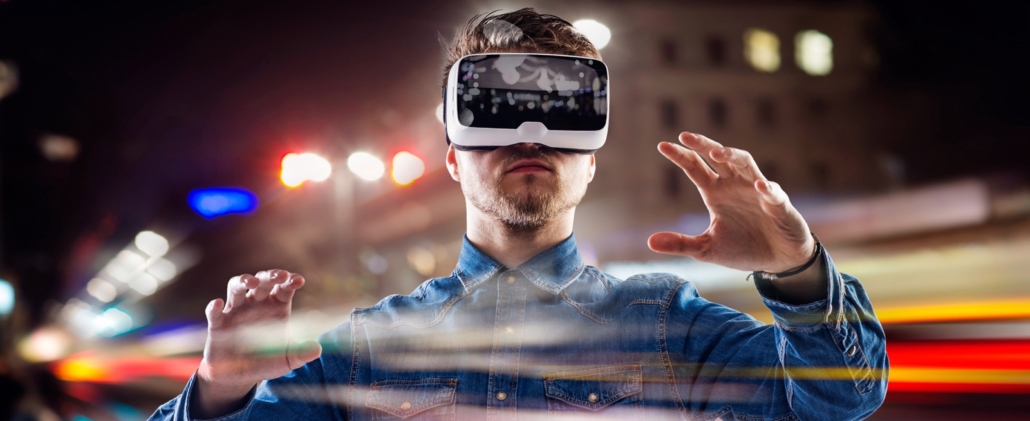
Features
Why Choose Our Virtual Reality Lab Setup?
- Graphics: Our VR labs use high density headsets, motion controllers and accurate tracking mechanisms. Researchers who develop the applications of the devices are always working on how to make these devices more usable and versatile.
- Content Creation Tools: In virtual reality laboratories, modelling is one of the significant activities. Programs are used in the lab to construct virtual spaces, items, and controls, so that designers can build realistic situations in order to educate or entertain.
- Spatial Mapping and Interaction: It is AR technology that ensures the correct positioning of the media objects within the space so that the objects are anchored naturally on the real environment. Some of the ways that require interaction and are included in interaction design are gestures, eye movement and haptic feedback.
- Multi-User Collaboration: Co-present first person virtual reality laboratories allow people to experience a uniform virtual reality environment even if they are distanced. Instant or real time communications are vital in boosting the productivity of the groups or teams.
Use Cases
Key Use Cases of Virtual Reality Lab
- Training and Simulation: Virtual reality labs for schools and universities offer almost realistic conditions for education. It educates the human body and area medical students using AR/VR, and emergency response teams’ preparation of real-life occurrences.
- Product Design and Prototyping: In this view, labs simulate real prototypes through virtual reality and design 3D models. It minimises the number of design iterations hence the costs involved in getting the right product are minimised making the process efficient.
- Healthcare and Surgery Planning: AR and VR have adjunctive applications in implantoplasty as planning tools and for simulated surgeries on patient anatomy. Human anatomy is made practical to medical students as they are offered an opportunity to virtually dissect a body using special software.
- Architectural Visualisation: This has created an environment where architects and planners use virtual reality in designing structures and cities, and make tours to clients before construction.
- Education and Edutainment: Virtual reality labs for schools make introduction of appealing learning contents for students and Museums. These labs can best be described as History, Science, and Arts in action with appropriate representations of the same.
- Retail and E-Commerce: AR adopted technologies assist in shopping by providing the shoppers tries on clothes, shoes and even makeup virtually. It is important to mention that this visual interaction makes a huge difference in the level of satisfaction of the customers.
- Gaming and Entertainment: Games designed in VR laboratories can be narratives in which the intertwined elements of narrative and games and cinematic events exist at the same time. AR scavenger hunt, and location based games are interesting to readers.

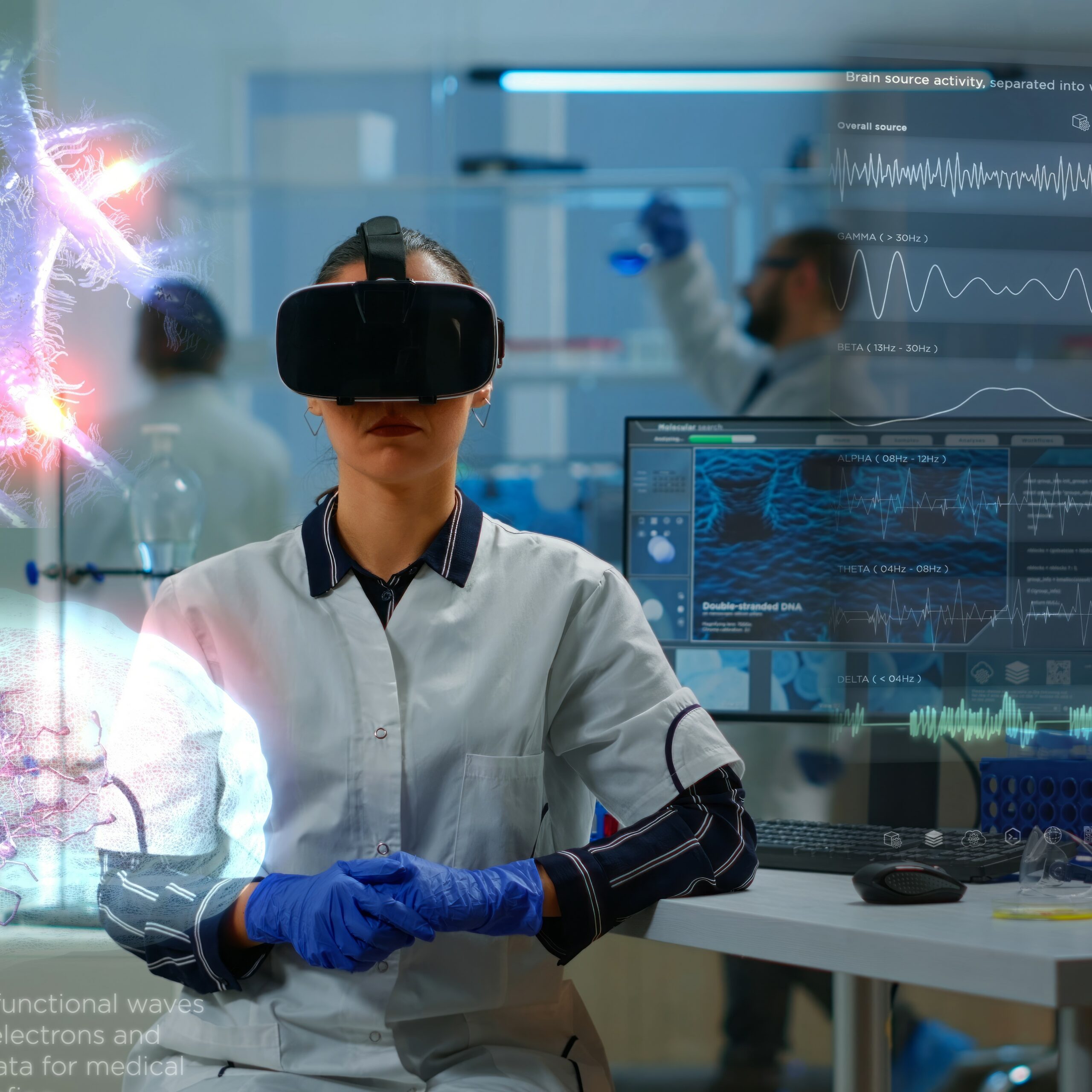
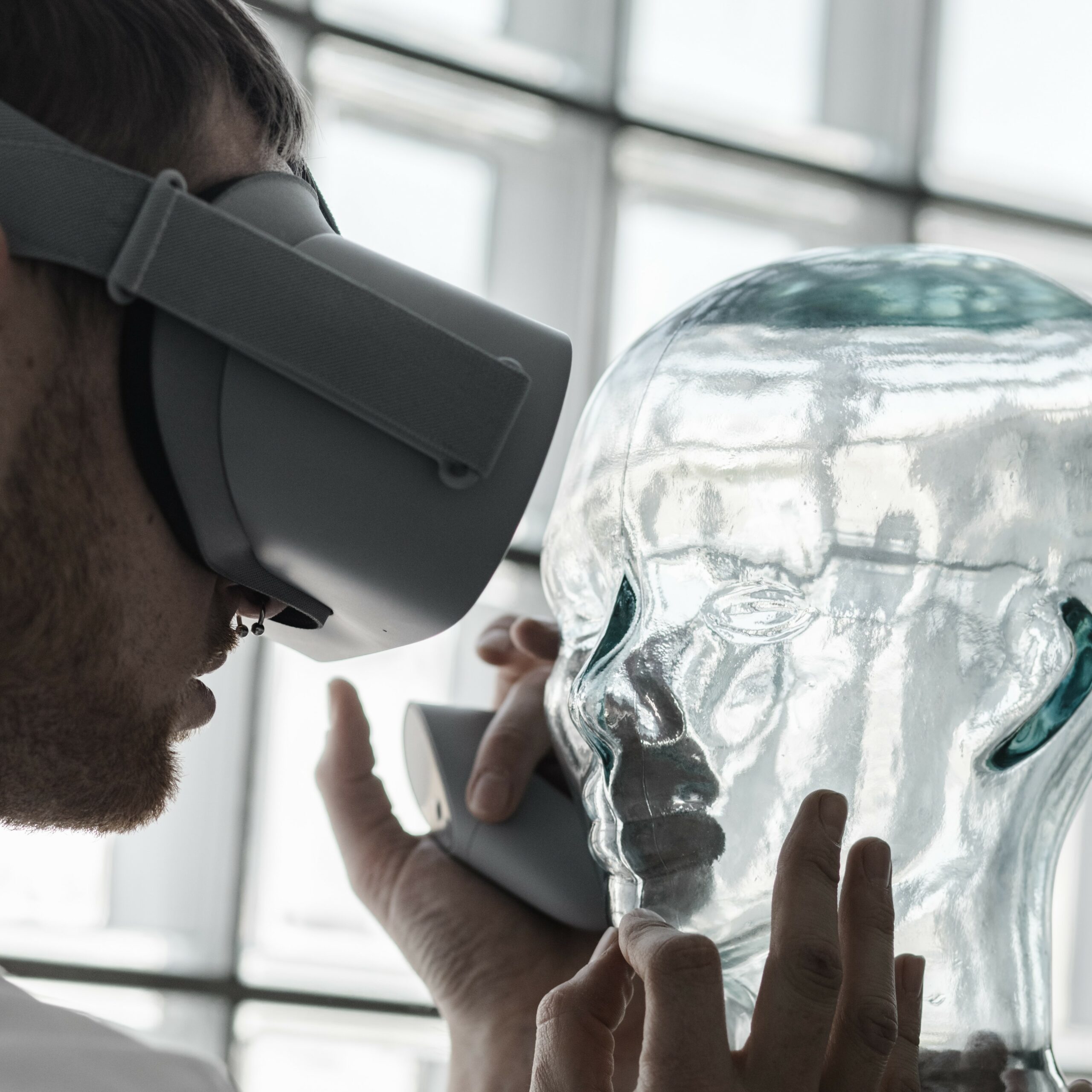
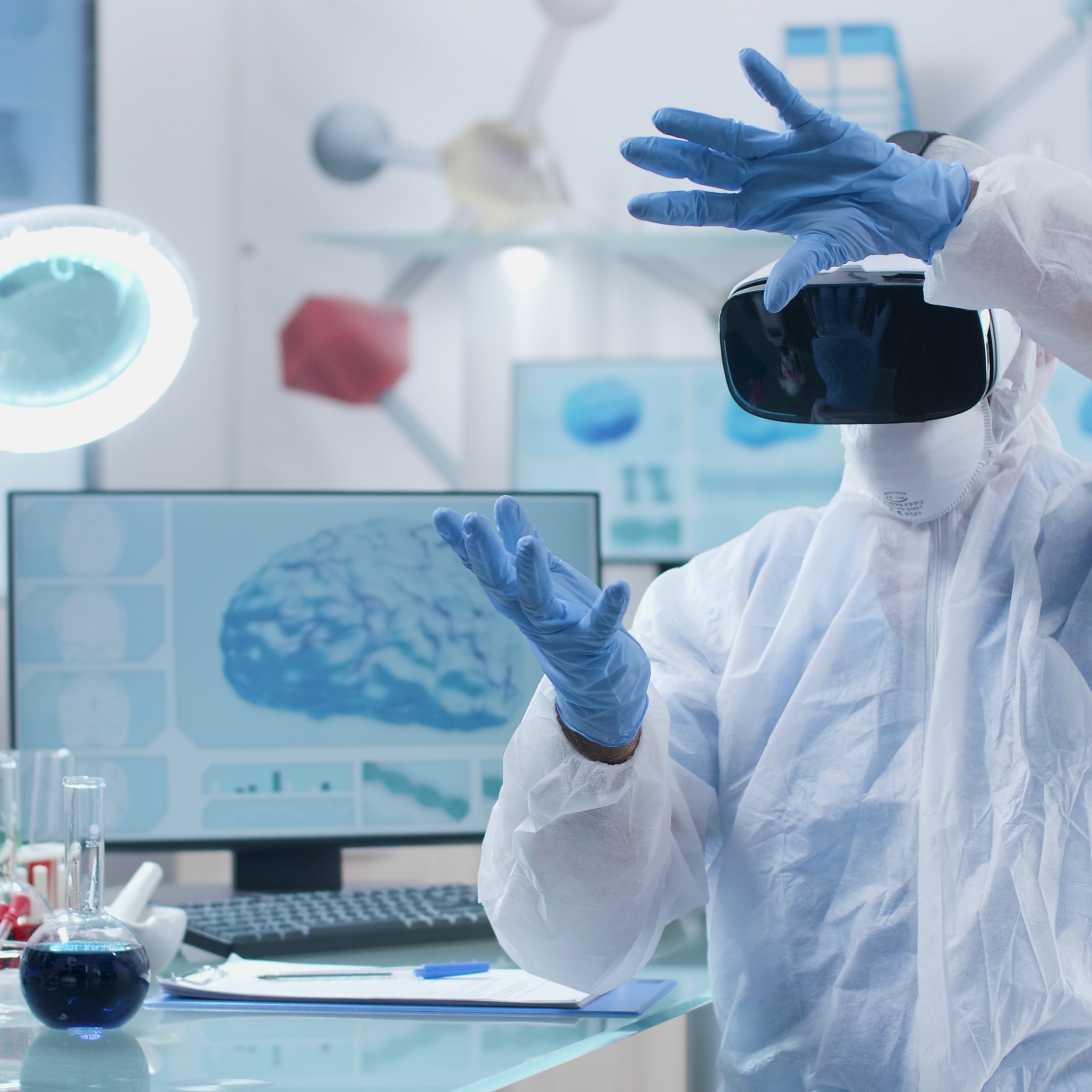
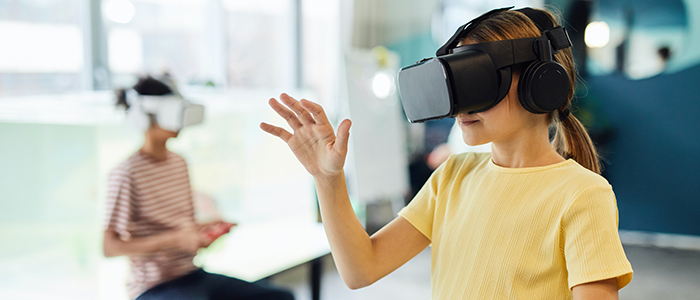


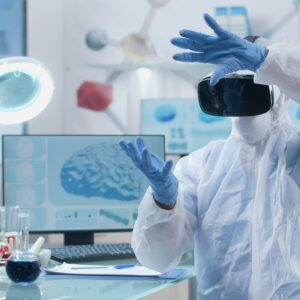
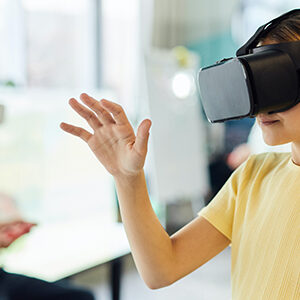
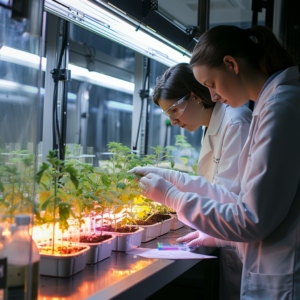
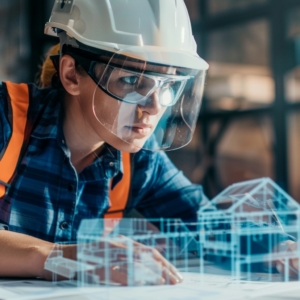
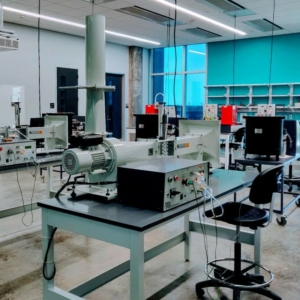
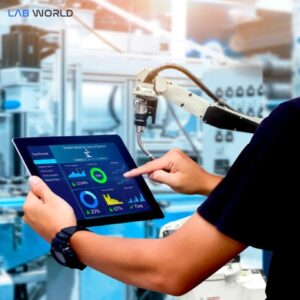
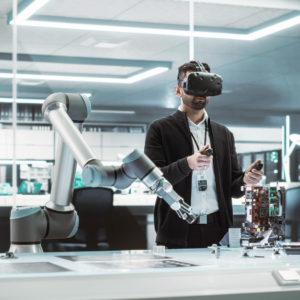
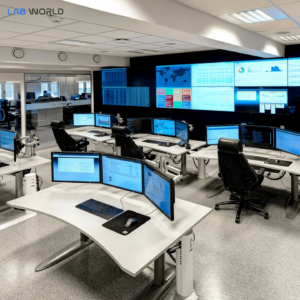
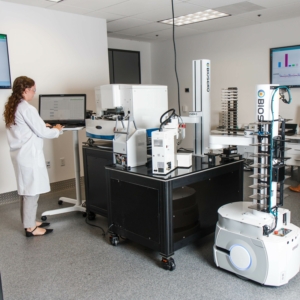


Reviews
There are no reviews yet.